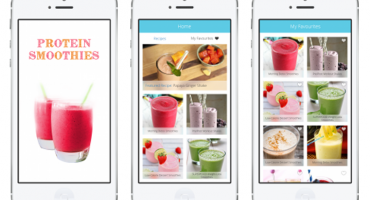Top QA Testing Trends to Watch Out For in 2024

While software testing in 2023 saw its fair share of trends, come 2024 and we are here to update you on the latest findings this new year. This article explores the top QA testing trends that are shaping the future of software development along with QA testing examples of how you can grasp and use these trends as a manual tester.
1. Self-Healing Systems Herald Unprecedented Application Resiliency
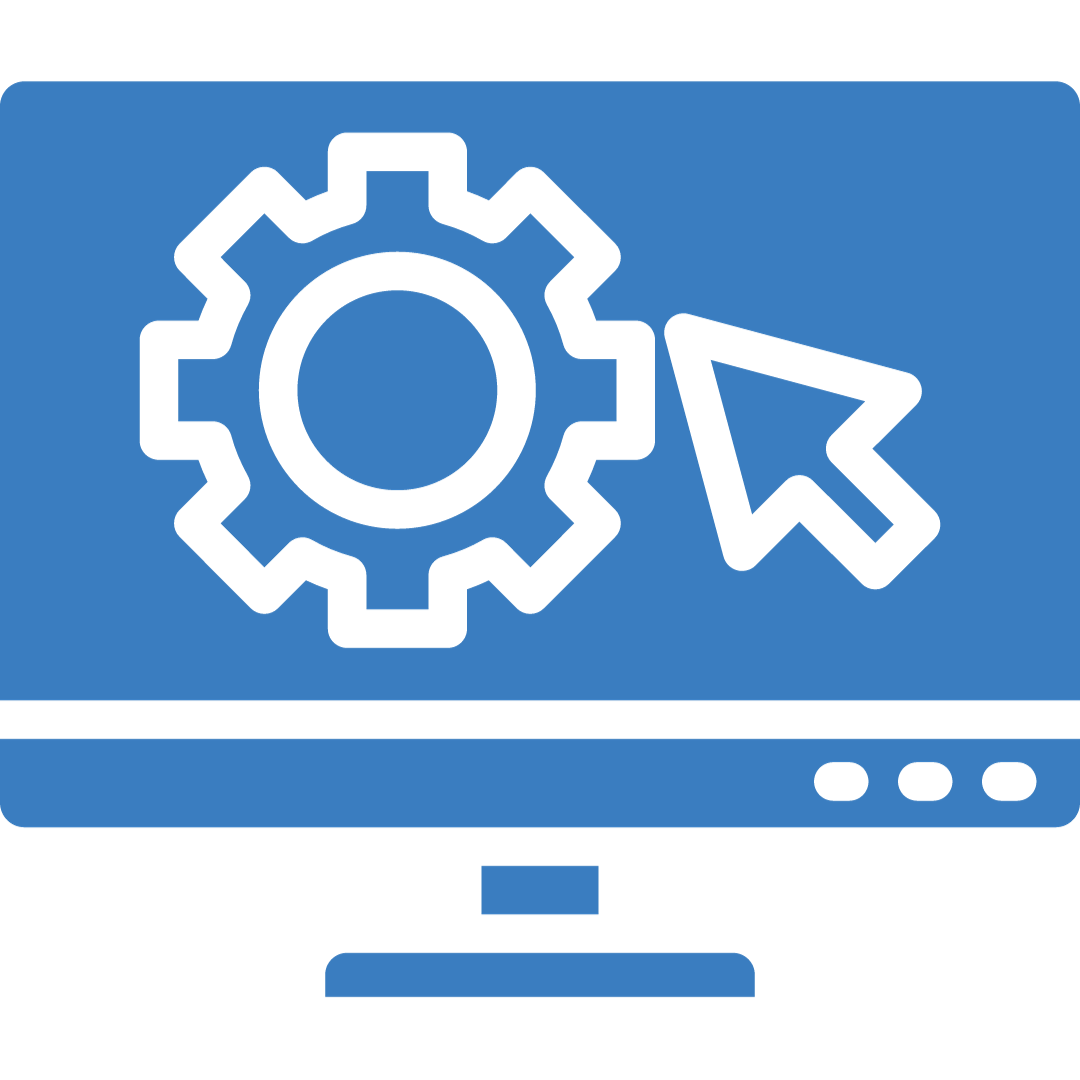
Production environments are not immune to incidents, and traditionally manual recovery efforts stall swift resolution. Enter self-healing systems with automated remediation—a game-changer for application resilience.
Self-healing encompasses automated rollbacks to prior stable states, intelligent request routing to ensure traffic is directed toward stable services, and predictive auto-scaling to maintain service responsiveness.
These capabilities strengthen applications to automatically degrade gracefully during anomalies, ensuring core functionalities continue uninterrupted, upholding a seamless user experience.
How to get into this as a manual tester
- Initially, familiarize yourself with the concepts of self-healing systems.
- Upgrade your skill set with tools and platforms that offer monitoring and observability solutions, such as Prometheus, Grafana, and ELK Stack (Elasticsearch, Logstash, Kibana).
- Check various recovery strategies employed by self-healing systems, like automated rollbacks, live restarts of containers, and traffic management through service mesh technologies like Istio or Linkerd.
- Gain experience in incident management protocols. Embrace the IaC paradigm, which is integral to self-healing systems. Tools like Ansible, Terraform, and Kubernetes are used to define and deploy stable, repeatable environments.
2. Test Automation
Test automation continues to be a significant trend in QA testing. Test automation tools also help speed up the testing process, reduce human error, and allow for more comprehensive testing. A survey by the World Quality Report revealed that 88% of respondents consider test automation to be a key to achieving their QA objectives.
How to get into this as a manual tester:
- As a manual tester QA, start by learning an automation tool that is widely used in your industry. Selenium, Appium, and TestComplete are some popular choices.
- You should also learn a programming language, such as Java or Python, as they are often used in writing automation scripts.
3. Performance Engineering Over Performance Testing

Performance testing is evolving into high performance engineering. Instead of simply testing the performance of software, teams are now focusing on the overall system performance and specialized performance testing tools. This includes analyzing how the system interacts with the environment, hardware, and other systems. This holistic approach ensures that the software delivers a high-quality user experience.
How to get into this as a manual tester:
- To move from performance testing to performance engineering, you need to broaden your understanding beyond testing.
- Learn about system architecture, design, and user behavior.
- Tools like Apache JMeter and LoadRunner can be helpful in performance testing.
4. DevOps and Agile Testing
DevOps and Agile methodologies are becoming increasingly popular in software development. DevOps and QA automation promote continuous integration and delivery, requiring continuous testing. According to a report by Statista, 77% of developers used agile approaches in their projects in 2020.
How to get into this as a manual tester:
- Understand the principles of Agile and DevOps.
- Learn tools that support these methodologies.
- For instance, Jira for project management, Jenkins for continuous integration, and Selenium for continuous testing.
5. Big Data Testing
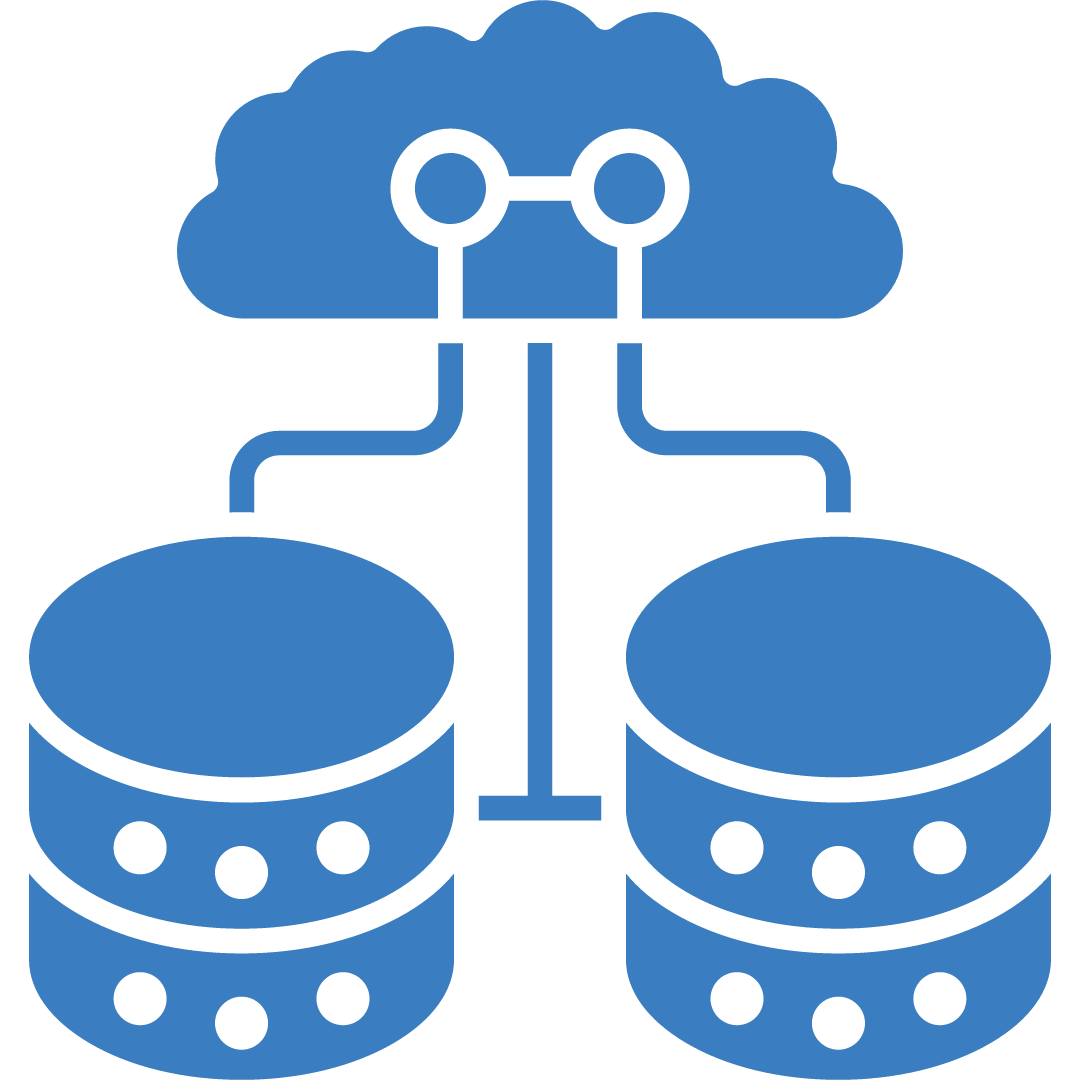
Big data test automation is another trend to watch out for. It involves testing large volumes of data to ensure accuracy, consistency, and reliability. With the rise of big data in various industries, big data testing is becoming increasingly important.
How to get into this as a manual tester:
- To get into big data testing, you need to understand how big data systems work.
- This includes learning about data ingestion, data processing, and data output validation.
- Tools like Hadoop and Spark are commonly used in big data processing.
6. Cybersecurity Testing
With the increasing number of cyber threats, cybersecurity testing is becoming a top priority for businesses. Cybersecurity testing involves identifying vulnerabilities in the system and fixing them to prevent potential attacks.
How to get into this as a manual tester:
- Learn about common cybersecurity threats and how to identify them.
- Figure out specific cybersecurity testing tools like Nessus and Wireshark that can help identify vulnerabilities.
7. Robotic Process Automation: The Emergence of Bot Operatives
Robotic Process Automation (RPA) is stepping into the limelight, automating routine software tasks without human intervention. These bots—a specialized breed of software—handle systematic jobs such as inventory adjustments and pricing calculations. RPA tools have permeated industries ranging from finance to healthcare, promising cost reductions, enhanced quality, and bolstered operational controls. In 2019, the RPA market was worth $1.6 billion, and it's expected to grow significantly to $19.5 billion by 2027, with an annual growth rate of 36.4%—a testimony to its transformative impact.
How to get into this as a manual tester:
- Familiarize yourself with the basics of RPA and understand bots, how they work, and their role in automating tasks traditionally performed by humans.
- Recognize the impact RPA has on efficiency, cost reduction, and error minimization.
- Figure out real-world applications of RPA and engage with leading RPA tools like UiPath, Blue Prism, or Automation Anywhere.
- Lastly, learn the workflow design.
8. Containerization: The Keystone of Test Environment Reliability
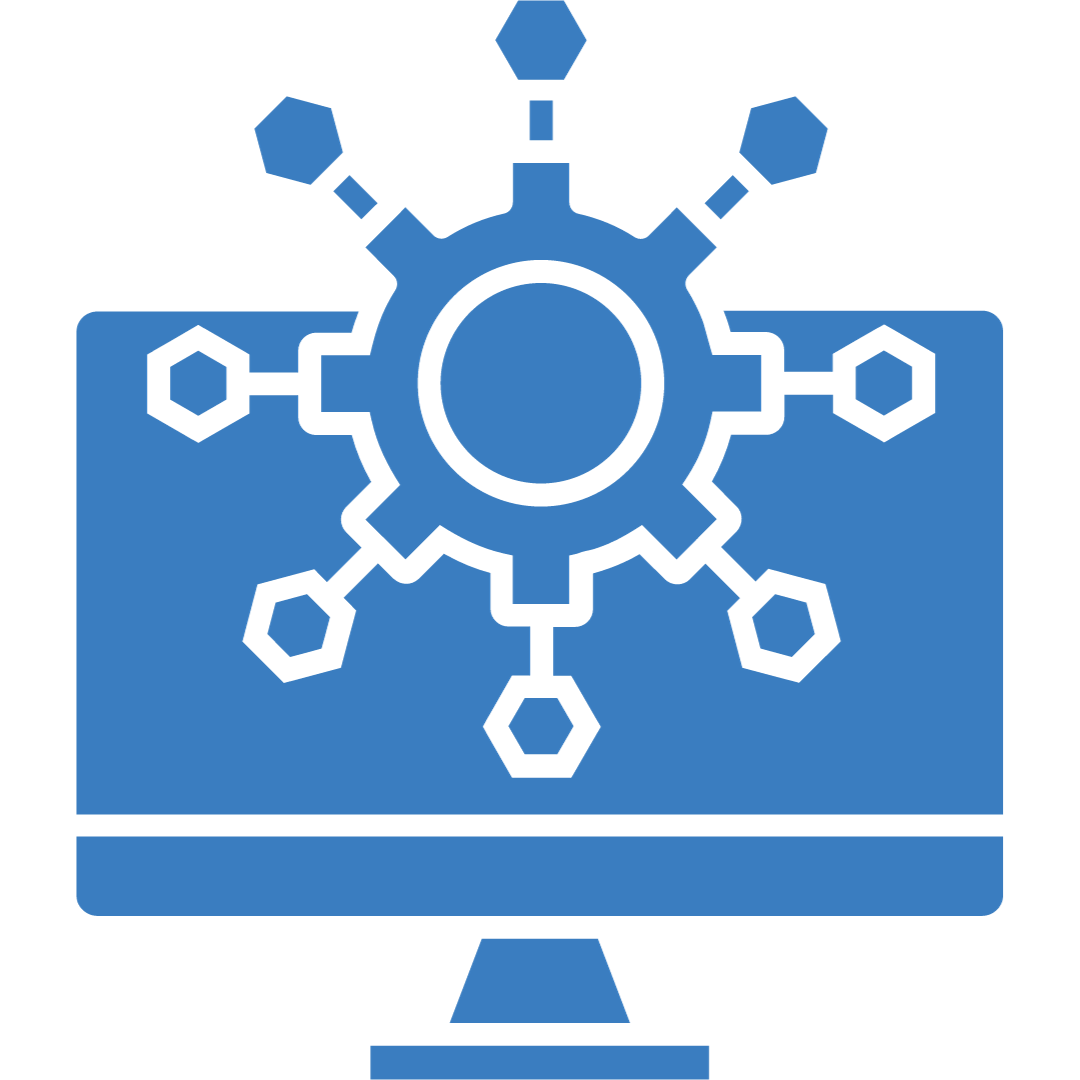
Modern applications are enjoying the robustness of test environment best practices and containerized test environments. Containers bring unparalleled consistency through stages and foster collaboration while facilitating automated provisions. They counter "it works on my machine" problems by packaging dependencies into isolated, replicable units. With container registries, environments are spun up with ease, erasing the frustration of manual setups across development stages.
Additionally, containerization offers cost-effective infrastructure solutions and supports dynamic scaling and automated lifecycle management of test environments. Tools like Docker and Kubernetes, backed by cloud service offerings, transform how we orchestrate microservice-based test environments to suit complex modern architectures.
How to get into this as a manual tester:
- Know the basics of containerization and research what containers are, how they differ from virtual machines, and the advantages they provide.
- Docker and Kubernetes are the major players in the container ecosystem.
- Start with Docker, learning how to create images, manage containers, and use Docker Compose for multi-container setups.
- Once comfortable, explore Kubernetes, which helps in orchestrating containerized applications at scale.
9. API and Service Test Automation Evolve in Application Development
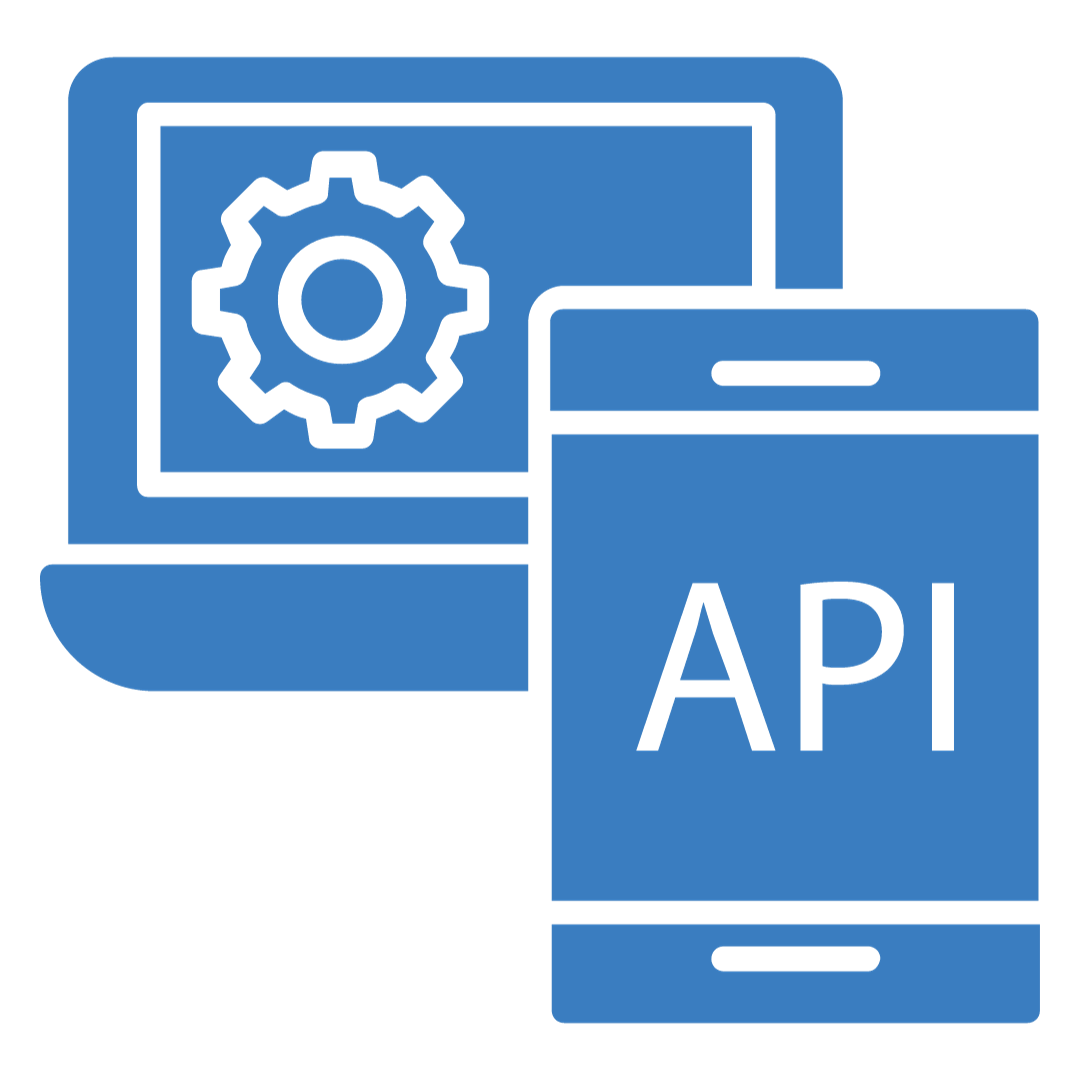
The separation between client and server layers, particularly in web and mobile app development, necessitates an evolved approach to testing. Application Programming Interfaces (APIs) and service layers, often shared across multiple applications, demand focused testing independent of the client interfaces they serve.
There is a difference between API and web service testing. API and service test automation is rapidly gaining importance, often surpassing the direct end-user functionalities in the testing hierarchy. Mastery of API testing tools is no longer a mere option, but a critical skill for ensuring robust automation in your test projects.
How to get into this as a manual tester:
- Start by solidifying your understanding of APIs and services.
- Learn what they are, how they work, and their role in application development.
- Resources like webinars, documentation, and community forums can be beneficial.
- Equip yourself with HTTP methods, status codes, request and response structures, authentication, and authorization mechanisms.
- Also, understand the differences between REST and SOAP APIs.
- Get hands-on with popular API testing tools such as Postman, SoapUI, and Insomnia.
- Learn how to create and execute API test cases, and inspect responses.
- Understand test planning and execution within API test automation suites.
- Practice with real scenarios, automate your first test cases and integrate into continuous integration pipelines.
QA testing is evolving rapidly with technological advancements. Staying updated with the latest trends is crucial for businesses to ensure the delivery of high-quality, reliable, and secure software products. As we move forward, AI, ML, shift-left testing, test automation, performance engineering, DevOps, IoT testing, big data testing, and cybersecurity testing are expected to shape the future of QA testing.
Get in touch with our QA experts today to explore how our expertise can elevate your project's testing strategy, ensuring robust, user-friendly, and high-quality software. Let's collaborate to bring your software visions to life with the precision and care they deserve.

The Story of My First Acquia Certification

Coding Tips, Duke Experience
